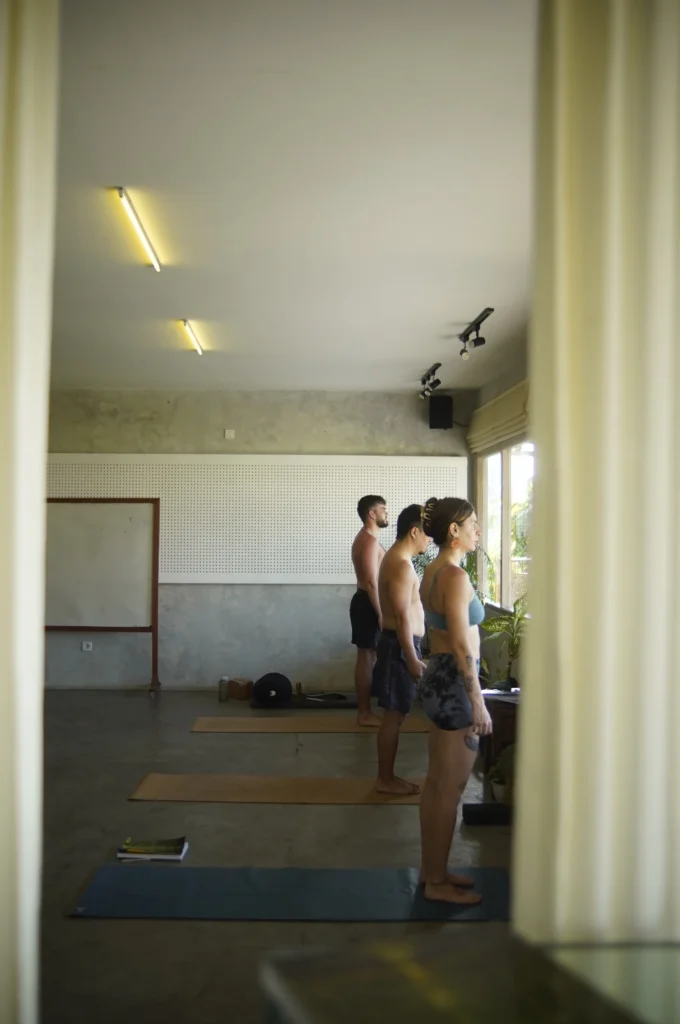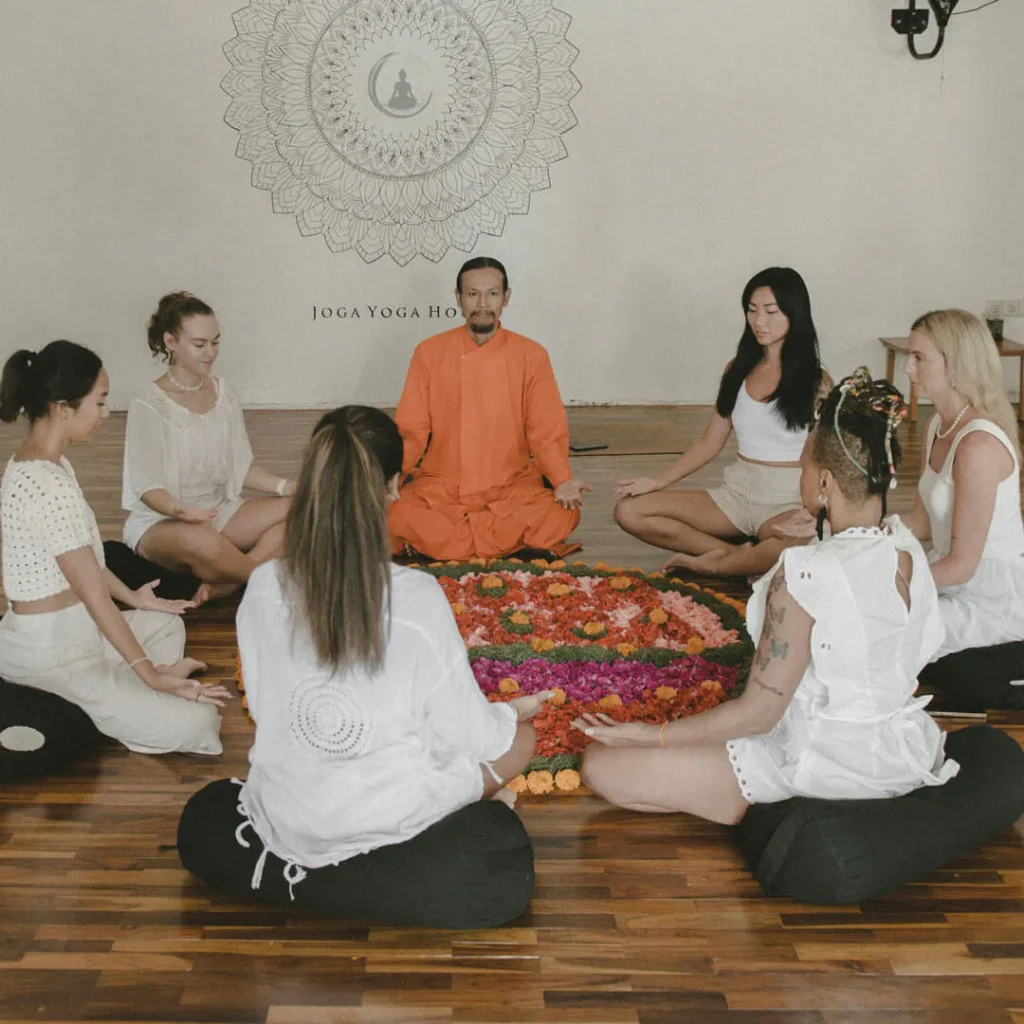In the fast-paced modern world, it’s easy to feel unsteady and disconnected from our roots. Yoga offers a powerful way to restore balance and reconnect with the earth through grounding poses. These postures help us cultivate a sense of stability, calmness, and mental clarity, both on and off the mat. In this article, we’ll explore five yoga poses that will help you feel more grounded, centered, and present in your daily life.
The Importance of Grounding in Yoga
Grounding through yoga involves more than simply standing still. It means feeling the earth beneath you and connecting deeply with its energy, creating a sense of stability, both physically and mentally. Grounding is also closely linked to the Root Chakra, located at the base of the spine, which governs our feelings of safety and stability. When balanced, it helps us feel secure and calm, able to handle whatever comes our way.
By incorporating grounding poses into your practice, you can cultivate these qualities and feel more connected to yourself and the world around you. These poses are particularly useful when you’re feeling stressed, anxious, or scattered.
1. Child’s Pose (Balasana)
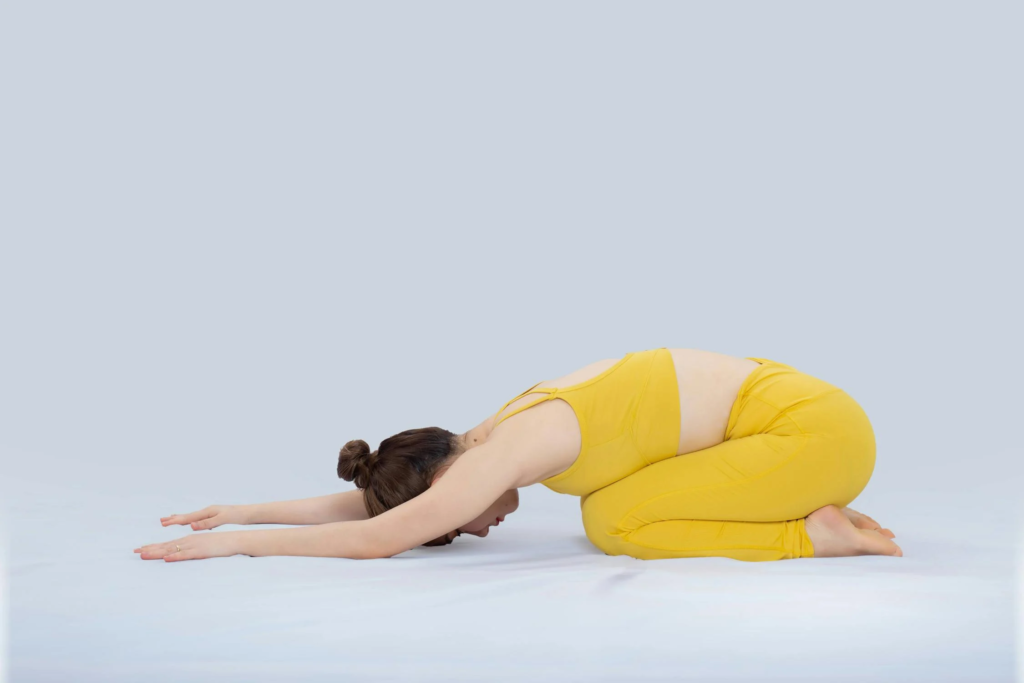
Child’s Pose is one of the most nurturing and grounding poses in yoga. It allows you to fold inward, bringing your forehead to the mat, which helps calm the mind and deepen your connection with the earth.
How to Perform:
Kneel on the floor, bringing your big toes together and spreading your knees apart. Sit back on your heels and extend your arms forward. Rest your forehead on the mat and focus on your breath, inhaling deeply and exhaling slowly. As you breathe, feel the support of the earth beneath you and let your body relax into the posture.
Benefits:
- Stretches the lower back and hips
- Relieves tension and stress
- Promotes a sense of calm and relaxation
2. Mountain Pose (Tadasana)

Mountain Pose is the foundation of all standing poses in yoga. It encourages you to stand tall and strong, like a mountain, while grounding your energy through your feet. This pose can be done at any time during your practice to help center yourself and establish a firm connection with the earth.
How to Perform:
Stand with your feet hip-width apart, press your feet firmly into the ground, and engage your leg muscles. Lift your chest and lengthen your spine, while keeping your arms by your sides or reaching them overhead. Focus on rooting down through your feet as you lift upward through your body, creating a strong yet balanced stance.
Benefits:
- Improves posture and alignment
- Enhances balance and stability
- Strengthens the legs and core
3. Bridge Pose (Setu Bandhasana)
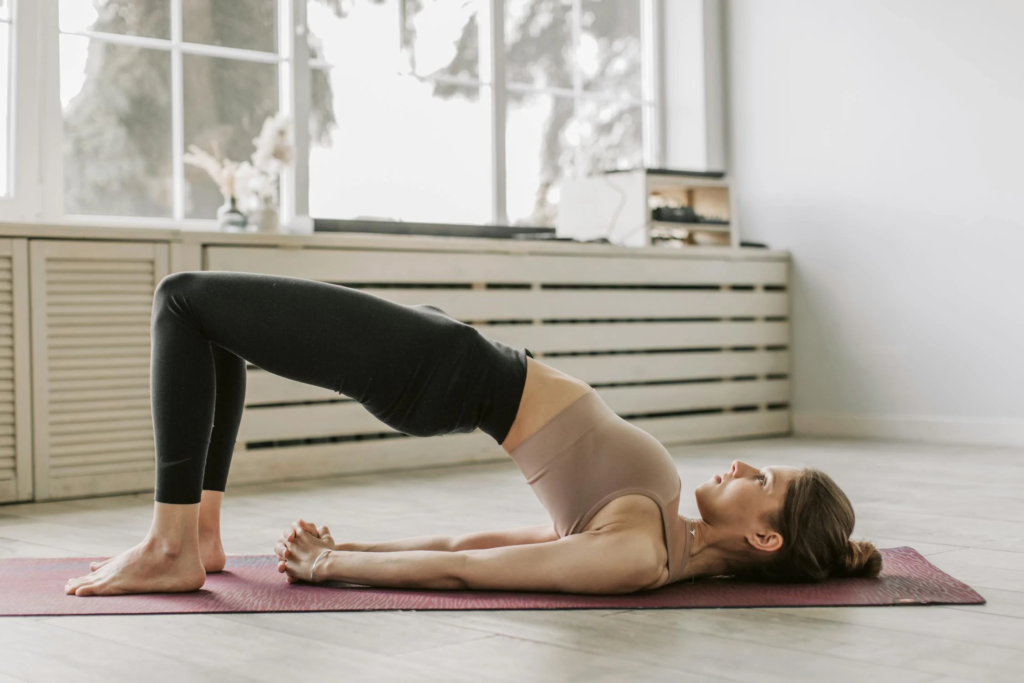
Bridge Pose is an excellent way to build strength in the legs and back while promoting a sense of grounding. By pressing into your feet and engaging your core, you can lift your hips while staying rooted to the earth.
How to Perform:
Lie on your back with your knees bent and feet flat on the floor, hip-width apart. Press into your feet and lift your hips towards the sky, clasping your hands underneath you. Focus on grounding through your heels and maintaining a steady breath as you hold the posture.
Benefits:
- Strengthens the back, legs, and glutes
- Opens the chest and shoulders
- Grounds energy through the feet
4. Yogi Squat (Malasana)

Yogi Squat, also known as Garland Pose, is a deeply grounding posture that opens the hips and strengthens the lower body. This pose allows you to connect closely with the earth, as your body is supported by your feet and legs.
How to Perform:
Stand with your feet slightly wider than hip-width apart and squat down, bringing your hips close to the ground. Keep your heels on the floor if possible, and bring your palms together at your chest in a prayer position. Alternatively, place your fingertips on the ground for added support. Keep your spine long and your chest lifted as you hold the pose.
Benefits:
- Opens the hips and stretches the lower back
- Strengthens the legs and ankles
- Helps improve balance and focus
5. Standing Wide-Leg Forward Fold (Prasarita Padottanasana)
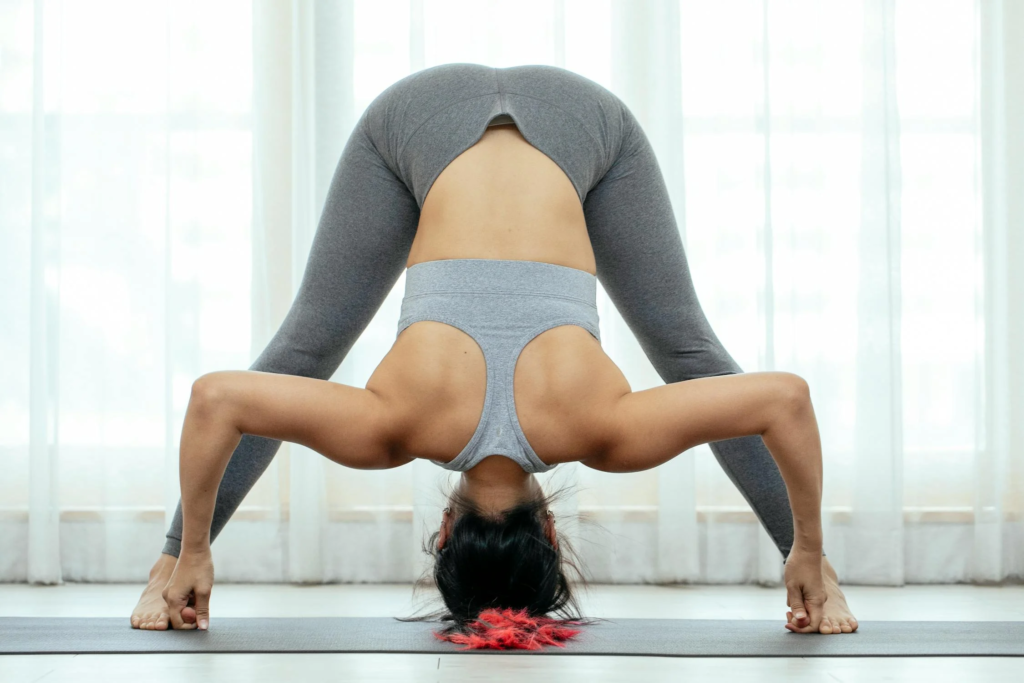
This standing forward fold is great for grounding because it stretches the legs and spine while bringing your hands (and energy) closer to the earth. It’s also a calming pose that helps relieve tension and stress.
How to Perform:
Stand with your feet wide apart, turning your toes slightly inward. As you exhale, fold forward from the hips, reaching your hands down to the floor or your ankles. Keep your spine long and your weight evenly distributed between your feet. For a deeper grounding effect, try placing your hands or fingertips on the ground and focus on pressing down through your feet.
Benefits:
- Stretches the hamstrings, calves, and spine
- Improves balance and flexibility
- Calms the mind and relieves tension
The Power of Grounding Practices in Yoga

Grounding yoga poses not only provide physical benefits, but they also have a profound impact on the mind. By focusing on your breath and connecting with the earth, you can create a sense of calm and mental clarity. This is particularly important in moments of stress or anxiety when it’s easy to feel ungrounded. Incorporating grounding poses into your regular yoga practice can help you stay balanced, centered, and connected to both your body and the world around you.
Conclusion
Grounding is an essential aspect of any yoga practice, and these five poses offer a powerful way to connect with the earth and feel more centered in your everyday life. Whether you’re feeling stressed or simply looking to deepen your yoga practice, incorporating these poses can help you find stability, calmness, and a stronger sense of self. Remember to stay mindful, focus on your breath, and enjoy the feeling of being grounded, both on and off the mat.
What are grounding yoga poses?
Grounding yoga poses are those that focus on stability, balance, and connecting your body to the earth. These poses typically engage the feet, legs, and hips, encouraging a strong connection with the ground, both physically and energetically. Common examples include Mountain Pose, Child’s Pose, and Warrior II.
How do grounding yoga poses help reduce stress?
Grounding poses help reduce stress by calming the nervous system and encouraging mindfulness. Focusing on your breath and connecting with the earth promotes a sense of safety and security, helping to alleviate anxiety and stress. Poses like Child’s Pose and Bridge Pose are especially calming.
Can beginners practice grounding yoga poses?
Yes, many grounding yoga poses are beginner-friendly. Poses like Child’s Pose, Mountain Pose, and Yogi Squat are accessible to practitioners of all levels and can be easily modified with props for additional support.
What are the benefits of grounding through yoga?
Grounding through yoga enhances physical stability, improves balance, and promotes mental clarity. It also helps activate the Root Chakra, which governs our sense of security and stability, leading to a greater sense of calm and centeredness.
How often should I practice grounding poses to feel their benefits?
Regular practice is key to feeling the benefits of grounding yoga poses. Incorporating these poses into your daily or weekly routine can help you develop a deeper sense of stability and calm over time. Even practicing just a few minutes a day can make a noticeable difference.




